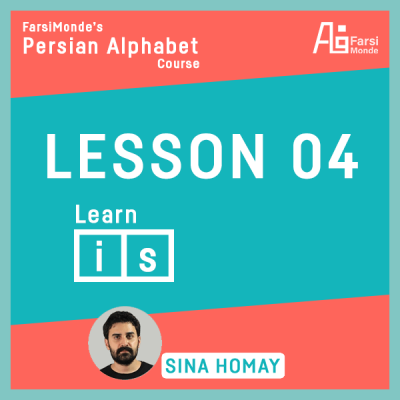Learning Persian Alphabet (04)

Welcome to the fourth episode of the Persian Learning Alphabet Series. In this lesson, you will learn how to write “s” and “i in Farsi alphabet.” This lesson may seem easy since you will learn only two letters. But never judge a lesson by its cover because both letters are tricky.
“s” in Farsi
It seems that most languages have the “s” sound. Therefore, pronouncing it is not difficult for the majority of Farsi learners. How about its written form? Let’s take a look. The Persian alphabet has three different letters that show the “s” sound. As we mentioned before, the Persian writing system is based on the Arabic alphabet. These three “s” have different pronunciations in Arabic but not in Farsi. In this lesson, you will learn the most frequent “s” which is called “se-ye se(h) dandâne(h).” But what does it mean?
In Farsi, “dandân” means tooth, and “dandâne(h)” means toothed edge. Now you can guess why this “s” is called “se(h) dandâne(h)” by knowing that “seh” means three in Farsi. True, this letter has three connected teeth. So, the Persian alphabet’s first “s” sound is written like this “ﺴ” in the beginning and middle, and “ﺲ” at the end. Can you see the difference? The “s” at the end has two teeth and the third one goes under the line.
“i” in Farsi
“i” is the last long vowel in Farsi that you are learning. This vowel is the only one that has four different shapes. First, remember that all vowels at the beginning of a word are shown by the vowel sign “ا”. So “i” in the beginning is written as “ﺍﯾ”. If you forget this little line, “ا”, in the beginning, you will change “i” to “y.” Moreover, the written form of this vowel in the middle and at the end differs a lot. The former is “ﯾ” while the latter is “ﯼ” but only if it is connected to its previous consonant. You may wonder what the fourth shape of “i” is. We will give you a clue; not-connected “i” at the end of a word. How to write it? The vowel sign plus the “i” at the end, “ﺍﯼ”.
In this video, we did not teach the final non-connected “i” because there is no simple example for this sound. But in lesson seven of FarsiMonde’s Persian Alphabet Learning series, you will learn how to write words such as, “xâne(h)” which means home. Then we can explain to you how to write “xâne(h)-i”, a house, by using this final not-connected “i”.
Farsi Sentences to Practice
After this lesson, you can write a new verb in Persian, the third singular form of the “to be” verb and “to like” in the present tense. You can write the following short text in Persian to see how much you have progressed with only three Persian Alphabet lessons.
01- in Sârâ ast. = This is Sara.
This Sara is
02- Sârâ irâni ast. = Sârâ is Iranian.
Sara Iranian is
03- in Sinâ ast. = This is Sina.
This Sina is
04- Sinâ pesar-e Sârâ ast. = Sina is Sara’s son.
Sina son of Sara is
05- Sinâ sib dust nadârad. = Sina does not like apples.
Sina apple liking not have.3SG
06- Sârâ tut dust dârad. = Sara likes berries.
Sara berry liking have.3SG
Farsimonde’s tutors attempt to make learning the Persian Alphabet simple and enjoyable; therefore, we designed writing exercises you can work on at the end of each video. Click on bellow to start the quick third lesson’s quiz.


Leave A Comment